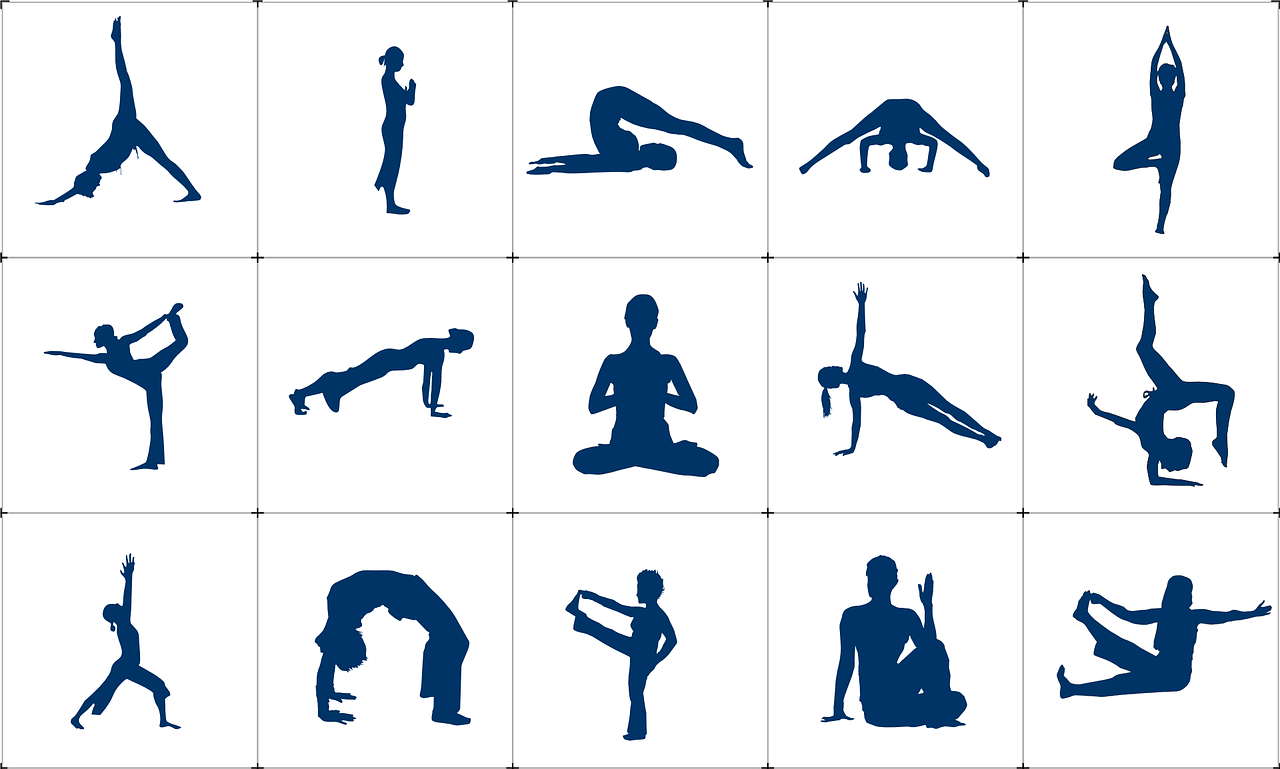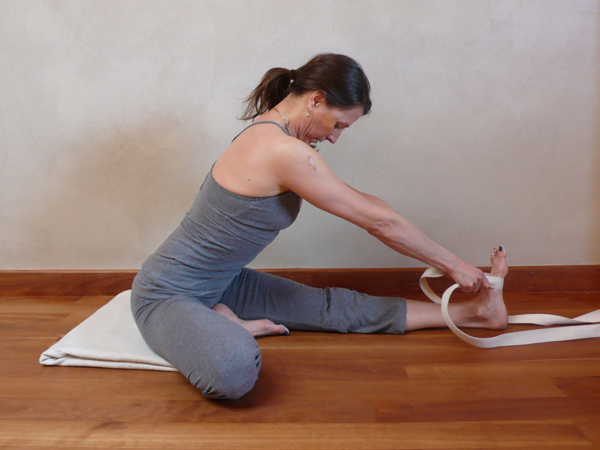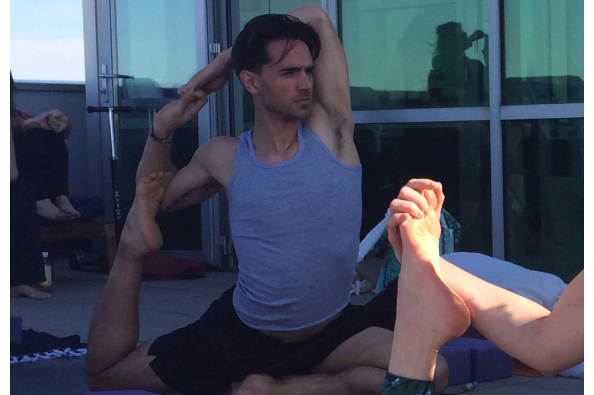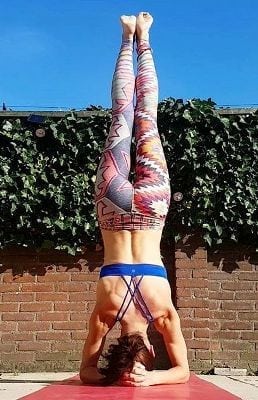
Source :- finessyoga . com
Yoga is such a thing that with the help of yoga people can overcome many kinds of diseases. There are a lot of Asanas that exist, but no asana has as many benefits as Shirshasana. In this pose, one has to stand on the head instead of on the legs. So, Shirshasana for beginners is quite challenging; but we are here to provide you step by step instruction to perform Shirshasana for beginners in this article.
Shirshasana or headstand is called the king of all Yogasanas. In this yoga pose, the body is inverted and the body weight is balanced on the forearms, while the head rests on the ground. The yoga pose is the most important and popular posture of all inverted yoga poses. The headstand reverses the pressure of the gravitational force on the limbs which is beneficial in many aspects of your health, but you should practice it safely and carefully. So, see below to know the steps to do Shirshasana for beginners.
If you are hesitant to eat medication or if the medicine is harmful to your health, then you should learn to do yoga. There is no age for yoga, you can start it at any age. It has many advantages. So, if you are a beginner then do not worry at all; we are here to guide you with the easy steps to perform Shirshasana for beginners.
With this posture not only can you increase your memory but you can overcome the problems of hair fall and white hair. Let’s know about its method and advantages in detail...
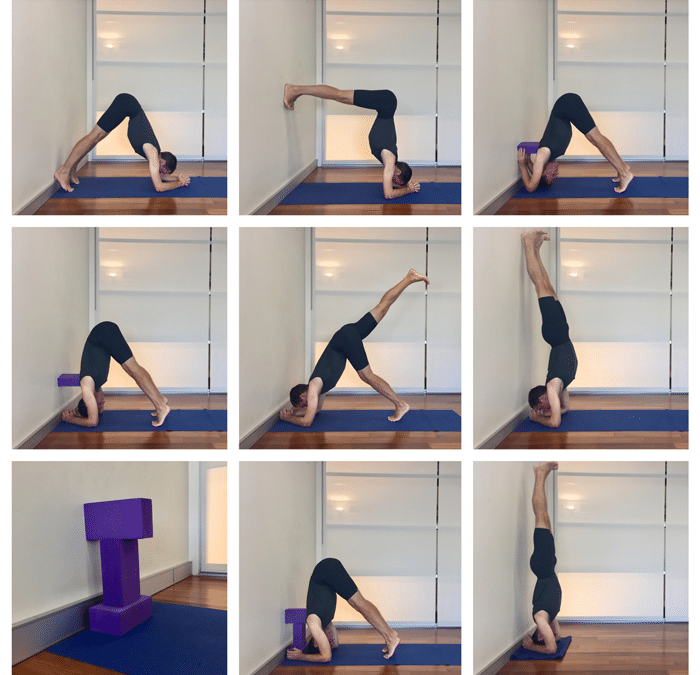
Source :- yogaselection . com
Table of Contents
Step By Step Instruction To Do Shirshasana For Beginners:
We are providing a detailed explanation of the way to perform Shirshasana or headstand for beginners, please go through the steps carefully before trying the pose:
- To make Shirshasana or the heading, sit in Vajrasana by putting a blanket or a thick towel on your Yoga mat or on the ground
- Later on, you have to place your head on it, then you can use a soft pad
- Now lean forward and let the elbows of both hands stay on the ground
- Connect the fingers of both hands strictly together. You have to keep your head in between your hands to support it.
- Now keep the head slowly between the two palms. Keep breathing normally.
- Come on top of your toes, your body will be in triangle posture.
- Slowly bring the crosses towards Eyes so that your back should be straightened – the ground and your back should have an angle of 90 degrees.
- When the back becomes straight, begin slowly by putting the bodyweight on the forearm and then lifting the body above.
- Just lift the legs first, “half”, so that your knees are touching the chest and folded legs, practice 1-2 minutes in this posture and then make the next step
This can take you a few weeks or even months For beginners
- When you become proficient in the last step, and then try to lift both the legs upright. Try to take the load on the head at least. Straighten the body.
- In the beginning, breathe five times in total and leave it out so that you can stay in the asana for up to 30 seconds.
- Gradually, as the strength in your body increases, you can increase the time – do not exceed 5 minutes.
You can take a few months or even years from 30 seconds to 5 minutes to travel, do not hurry!
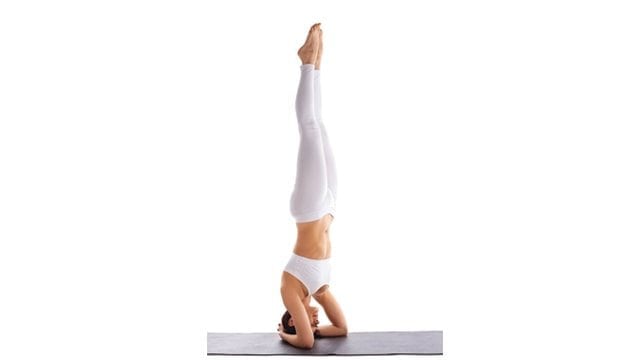
Source :- finessyoga . com
Precautions To Be Taken In Shirshasana For Beginners
If you have a lot of exercise in the head or are doing it for the first time, then do it with an experienced teacher to prevent it from being hurt.
If you have back or neck injuries, headache, heart disease, high blood pressure, menstruations, or low BP, do not practice the Shirshasana.
Be sure to make Balasana after the heading.
Do not put too much emphasis on your physical and mental ability.
Energetic Benefits of Sirsasana
Yogis have always known this secret and used the Sirsasana to bring the energy towards the crown. One can also practice yogic methods in order to align, balance, and activate our chakra and kundalini energies.
It’s always good to learn in a safe environment perhaps in a retreat or a yoga teacher training and have the guidance of an expert who understands the subtle aspects of practice and can support you in your journey.
Summary:
If you are experienced of practicing the shirshasana, then you can continue doing it even during pregnancy. But keep in mind that for the first time, do not practice the shirshasana after getting pregnant.
Check Related Article:-
- Jivamukti Yoga Poses Types: Get A Brief Idea
- Detail Information About Yin Yoga Sequences And Its Poses
- 5 Hatha Yoga Basic Poses You Should Know
- Know How To Do Sitting Asanas In Yoga & Its Benefits
- See Step By Step Guide To The Chair Yoga For Seniors
- Yoga For Asthma: Cure Asthma With Yoga
FAQ:
Q. What are the benefits of Shirshasana?
A. Shirshasana enhances immunity and helps Blood circulates in the brain. Regulates secretion of the pituitary and pineal glands. Enhances memory, concentration, enthusiasm, elation, fearlessness, confidence, and patience.
The person remains young for a long time. Apart from this, by doing this asana, the skin starts glowing, and facial wrinkles are also removed.
Q. Does Shirshasana regrow hair?
A. Yoga and meditation have their own special role in regrowing hair. Headstand or Shirshasana increase the amount of blood circulation and oxygen in the body, which prevents hair problem. By regularizing this yoga pose, you can get rid of hair fall.
Q. Can we do Sirsasana daily?
A. Yes, The headstand is a cure for many problems. It is very effective in mental problems. Headship must be done at a young age. Concentration increases with its practice, as well as the body’s posture, which is also good.
Q. Who should not do Shirshasana?
A. Those who are troubled by earache and ear secretion should not do a Shirshasana (Headstand). People suffering from heart disease, hypertension, and back pain should not perform a Shirshasana. If you are suffering from neck, shoulder, and heavy headaches, do not practice Shirshasana.


